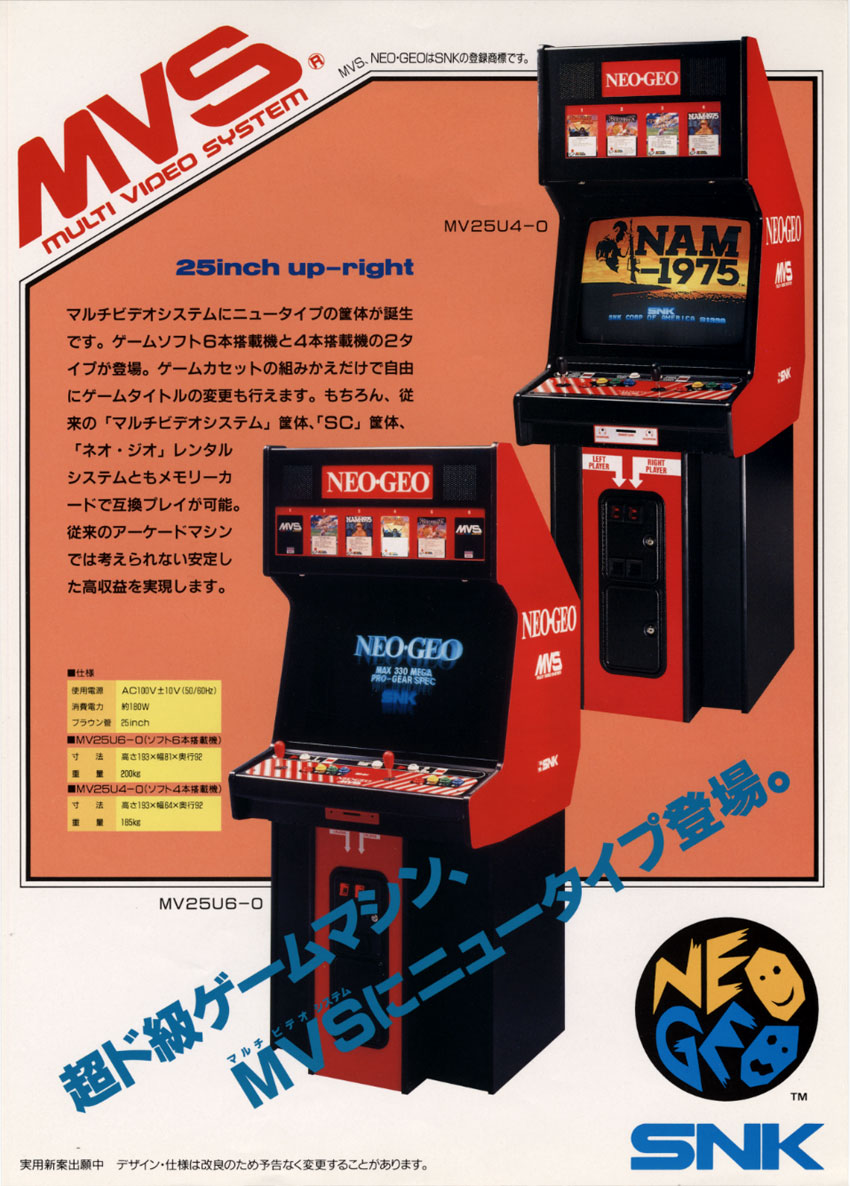



These GPUs lacked special effects like multiple backgrounds and translucency that competing 16-bit console GPUs were able to do, but they could easily fill the screen with loads of sprites and one background. The actual graphics are generated by two interlocked 16-bit GPUs.
NEO GEO ROM NG SFIX ROM FULL
It runs at a maximum 7.16Mhz, although games could switch it down to 3.58Mhz or 1.79Mhz most HuCard games run at 3.58Mhz to avoid overheating the system (as the Japanese PC Engine was quite small), though it runs at full speed for CD games.
NEO GEO ROM NG SFIX ROM PORTABLE
The TurboExpress handheld console (PC Engine GT in Japan) was able to use exactly the same cards as the main console, so that it was essentially a small, portable TG16 with a screen attached.
NEO GEO ROM NG SFIX ROM UPGRADE
Slightly more successful was the Arcade Card, released in 1994 in a late attempt to upgrade the capacities of the system it was mostly noted for its ports of Neo Geo games.įinally, in the portable market, TurboGrafx had a clear advantage thanks to its slim game cards. The hardware revision was a complete failure, only having five games exclusively released for it. One of the extensions of the PC Engine that was only released in Japan was the SuperGrafx, which added an extra video chip and more RAM to the core hardware. You can read the comics in their entirety here, as well as more info here. The American release is infamous for its advertising campaign, Johnny Turbo. NEC later released the Turbo Duo, a TurboGrafx console with a built-in CD-ROM drive along with extra RAM and updated BIOS from the Super System Card. The CD attachment was very successful in Japan, where it helped prolonged the lifespan of the system, but not so much elsewhere, to the point that only a handful of games were ever exported. Another was the TurboGrafx-CD (PC Engine CD-ROM 2 System) expansion, which opened more possibilities for the game library, especially with the Super System Card. Turbo Tap), was a connector for up to five controllers since the TurboGrafx, unlike its competitors, only had one built-in controller port, this was necessary to enable multi-player in games that supported them. Like all the venerable systems, this one had a few add-ons of its own. It was particularly favored for shoot 'em ups, and many of the Vertical Scrolling Shooters produced for the system offered a narrow-screen 'arcade mode' that distorted the aspect ratio to make the graphics seem even more arcade-like. and Europe (where, as in Japan, it was known as the Sega Mega Drive), is what forced Nintendo to jumpstart development of the Super Famicom in the first place. In fact, it was this success which, in conjunction with the success of the Sega Genesis in the U.S. The system was, however, extremely popular in Japan, outselling the original Famicom for a while. However its game library's inclusion on the Wii Virtual Console has lit the fires of nostalgia in the hearts of the few gamers who played and loved the thing, as well as introducing these old gems to a newer audience. The most unique characteristic of the system was that the games did not come on bulky plastic cartridges but rather on thin TurboChips (HuCards in Japan), plastic game cards with connectors clearly visible on the end.ĭiscontinued? Yes indeed, the system did not sell very well in North America, competing as it did with massively successful Nintendo and Sega contemporaries. Its mascot character was Bonk, or PC Genjin in Japan where the name was a clear pun on the system's name. Far more successful in Japan than it ever was elsewhere. The TurboGrafx-16, known as PC Engine in Japan, was a 16-bit console developed by Hudson Soft and sold by NEC that was released first in Japan in 1987 and in North America in 1989.


 0 kommentar(er)
0 kommentar(er)
